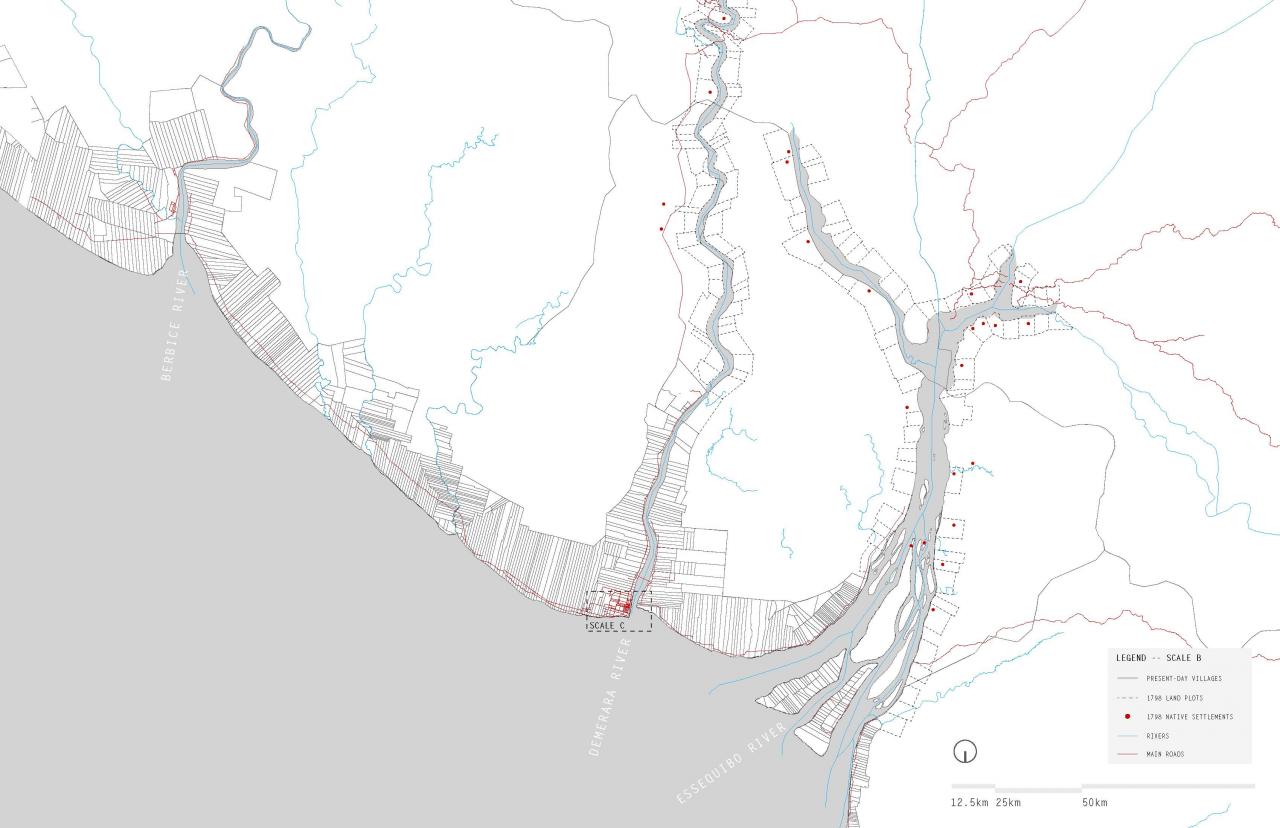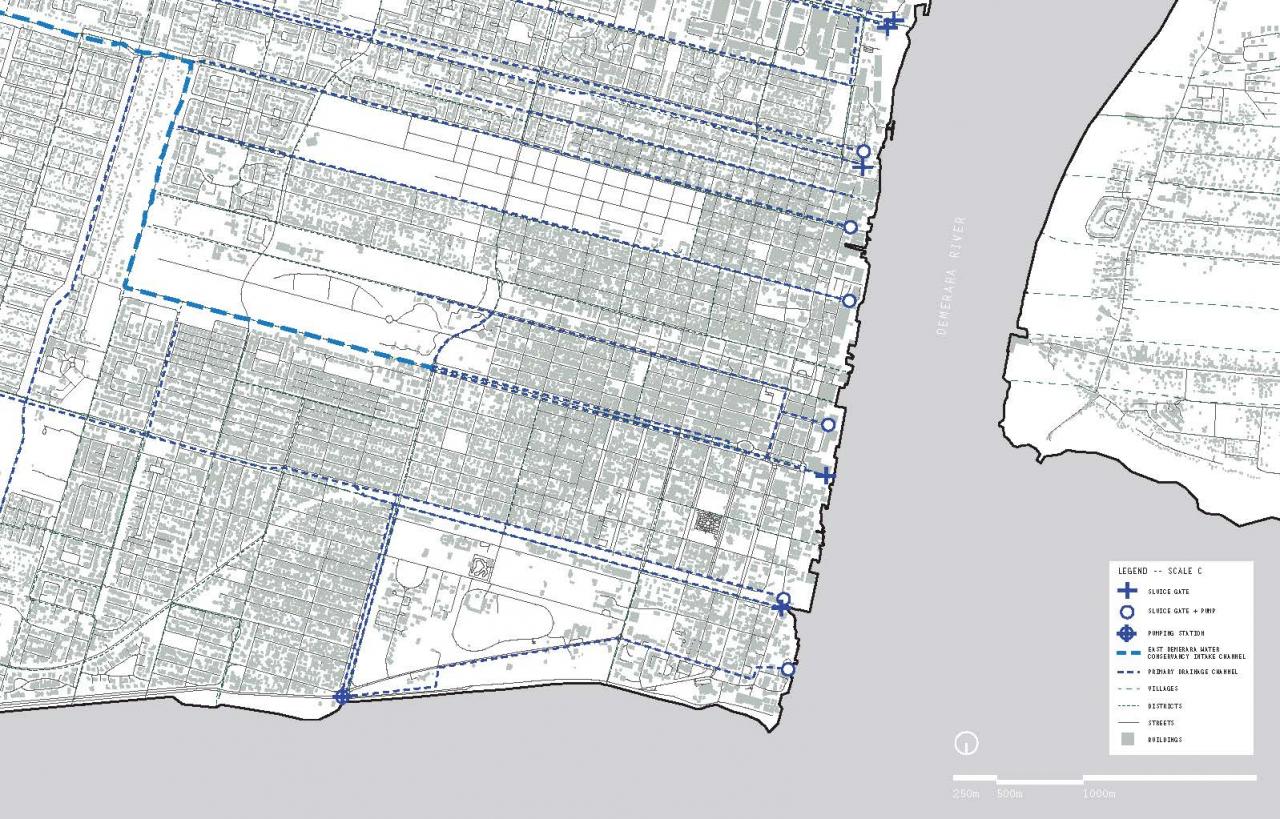Tao DuFour, project director
Carlos Umberto Blanco, GTRS research assistant
Jessica Lee, GTRS research assistant
Gracie Meek, research assistant
Edward Aguilera Perez, research assistant
Generative Landscapes is an interdisciplinary research project that investigates architectural, landscape, and environmental histories of the Guianas, with a view to articulating the significance of these histories for theorizing environmentality and guiding responsible action in the contemporary context of environmental crisis.


Tao DuFour, project director
Carlos Umberto Blanco, GTRS research assistant
Jessica Lee, GTRS research assistant
Gracie Meek, research assistant
Edward Aguilera Perez, research assistant